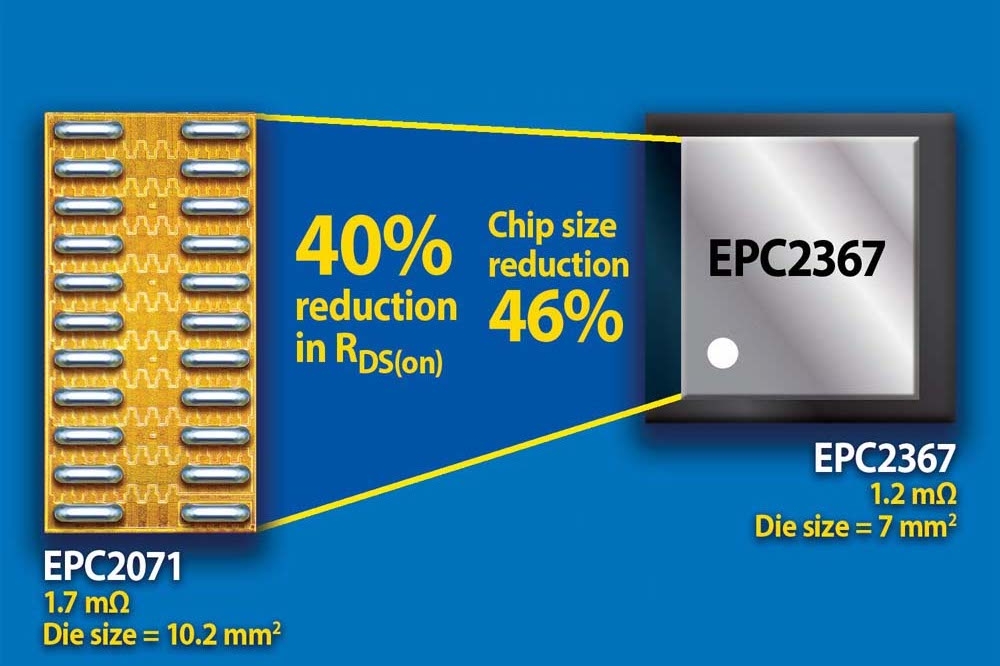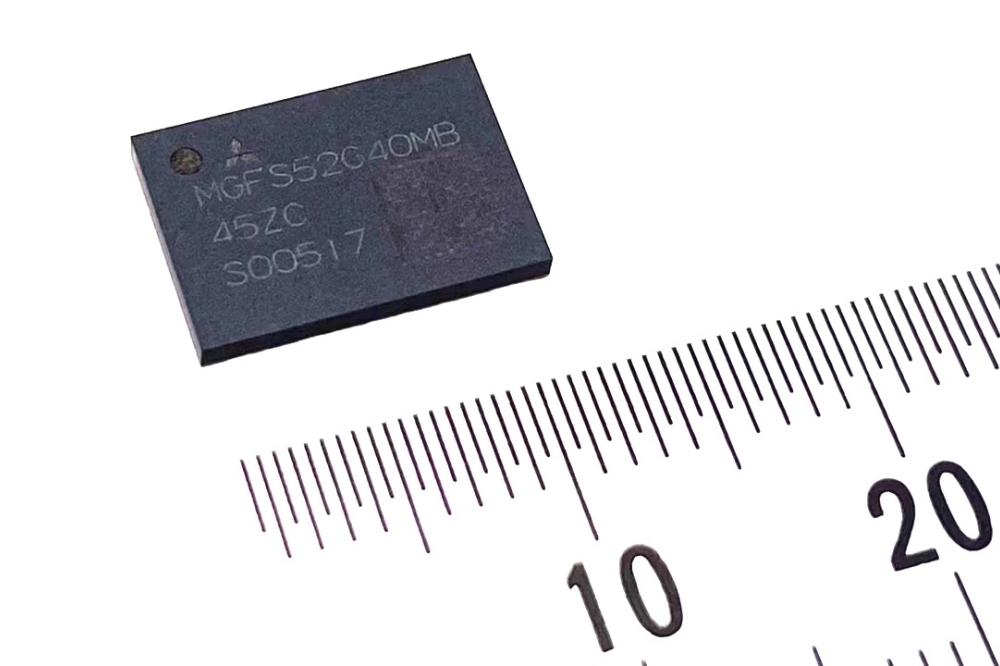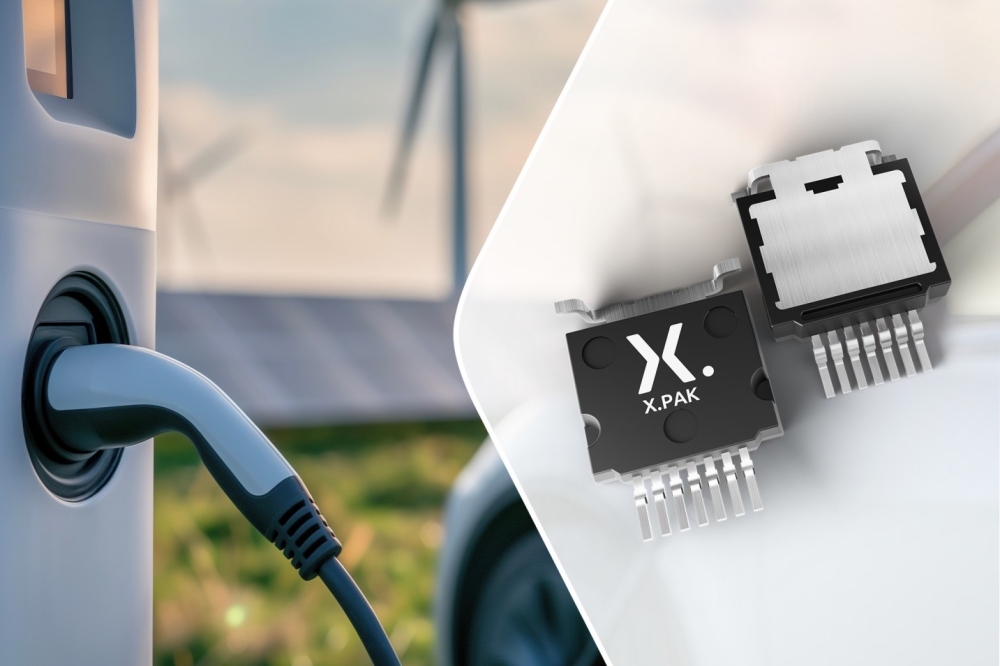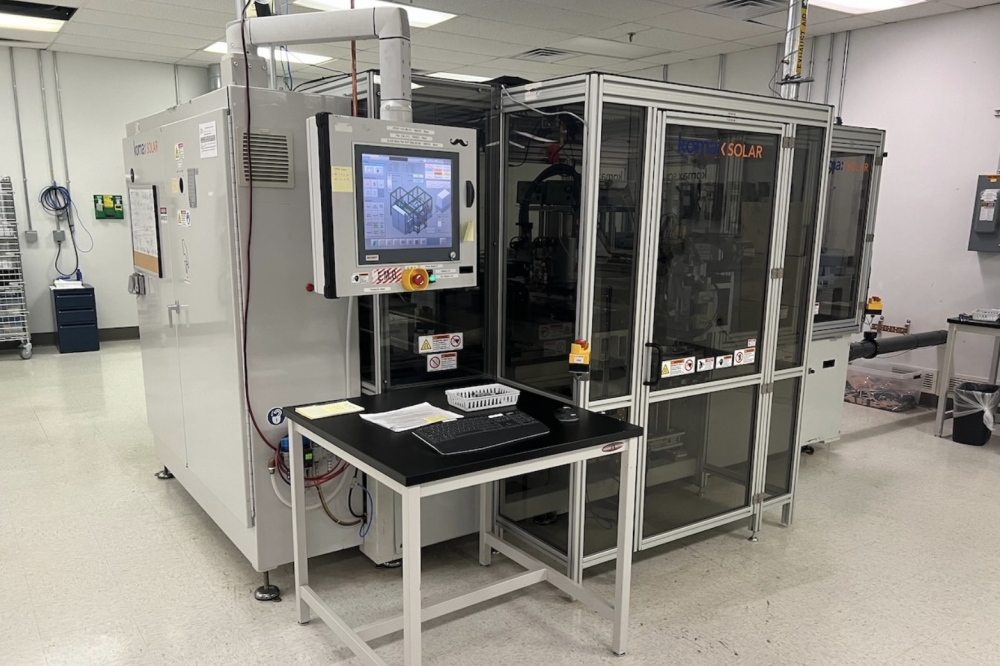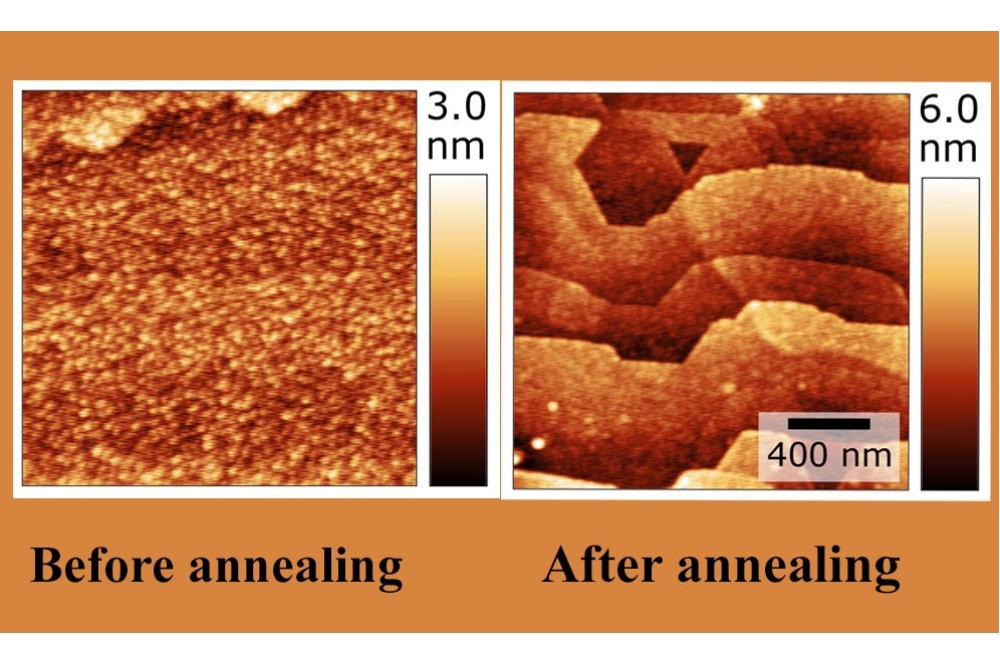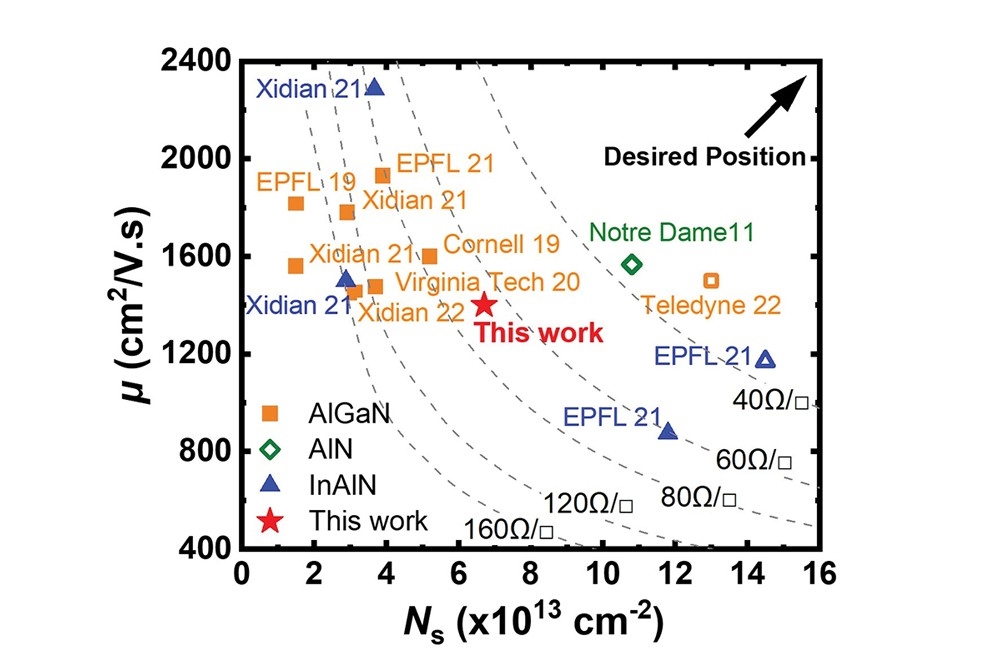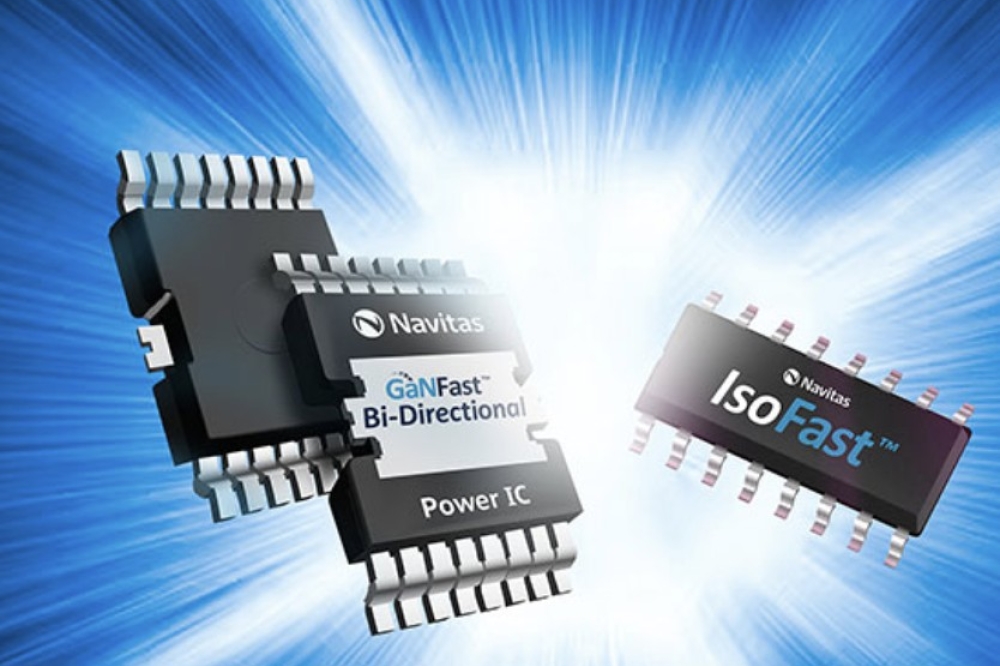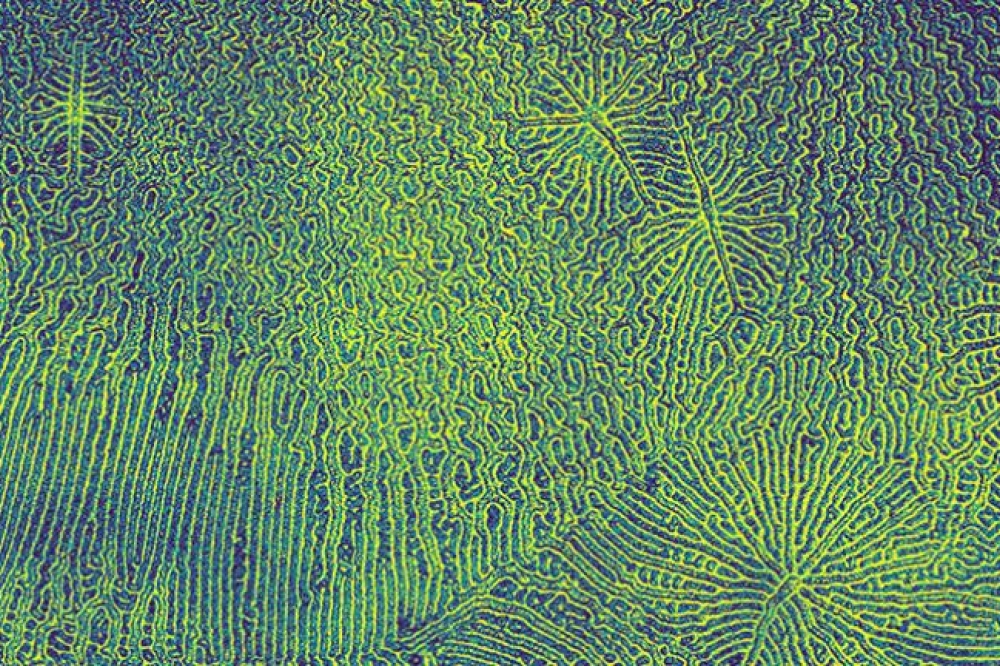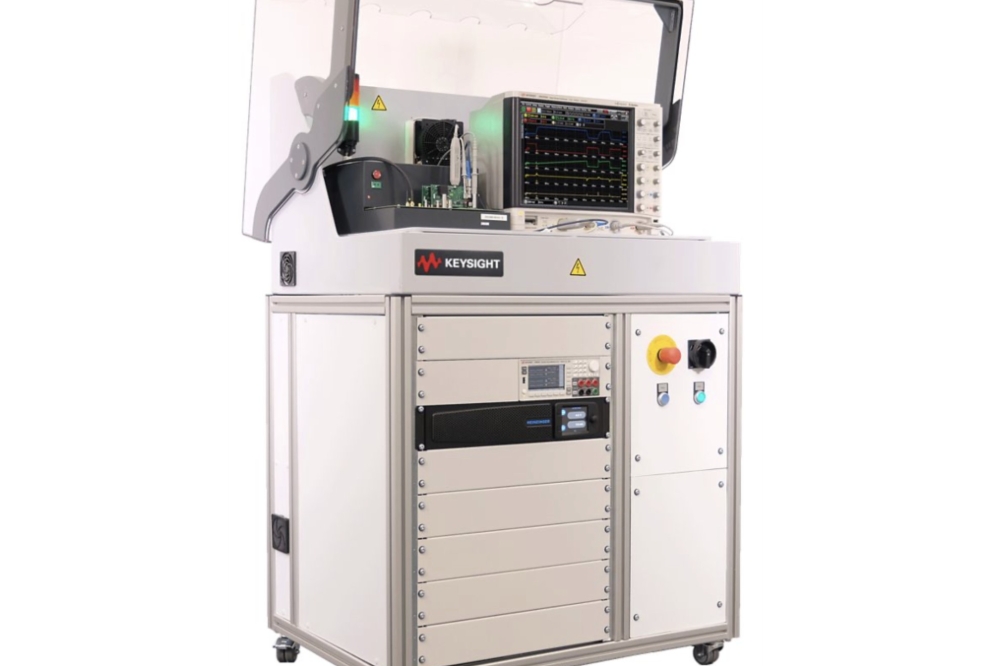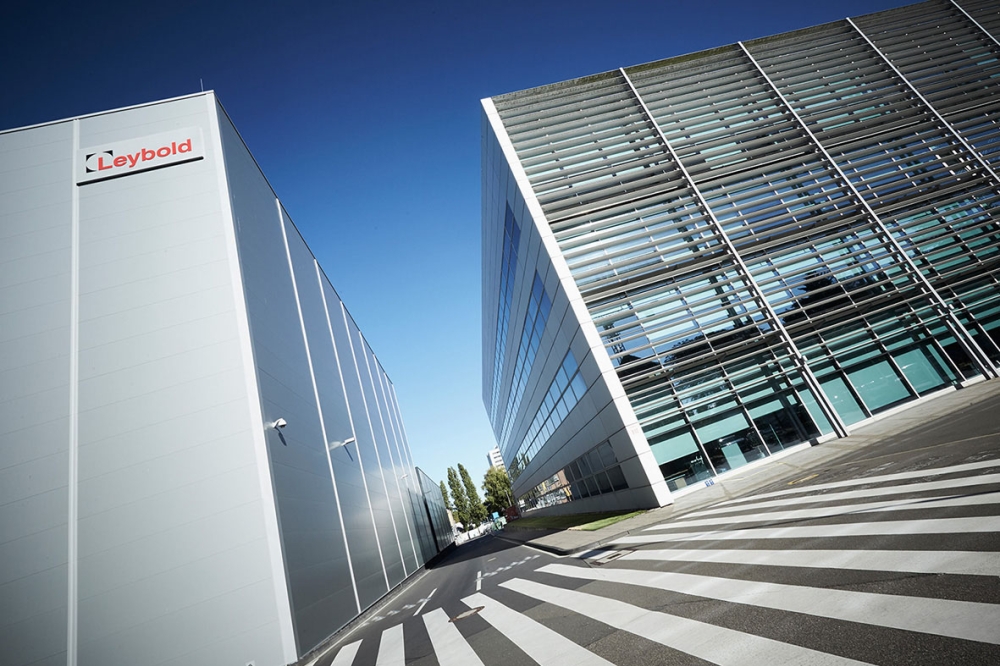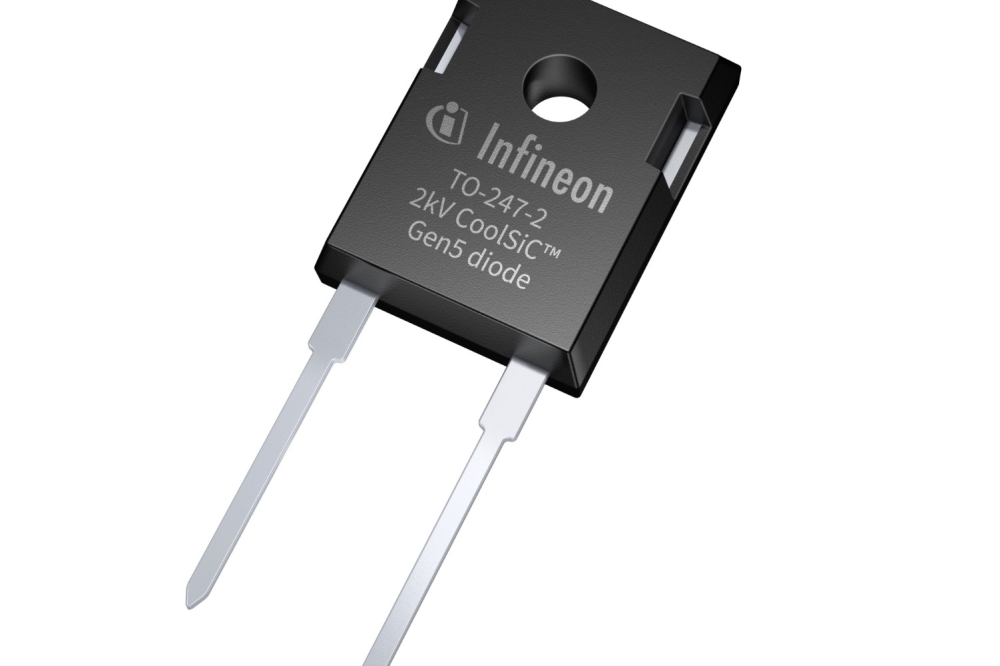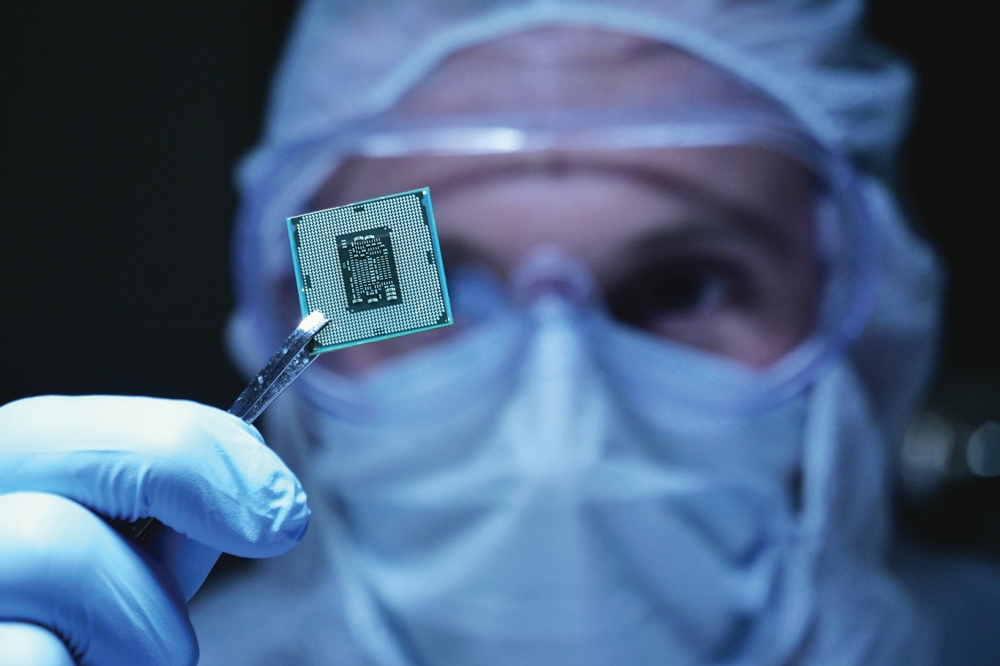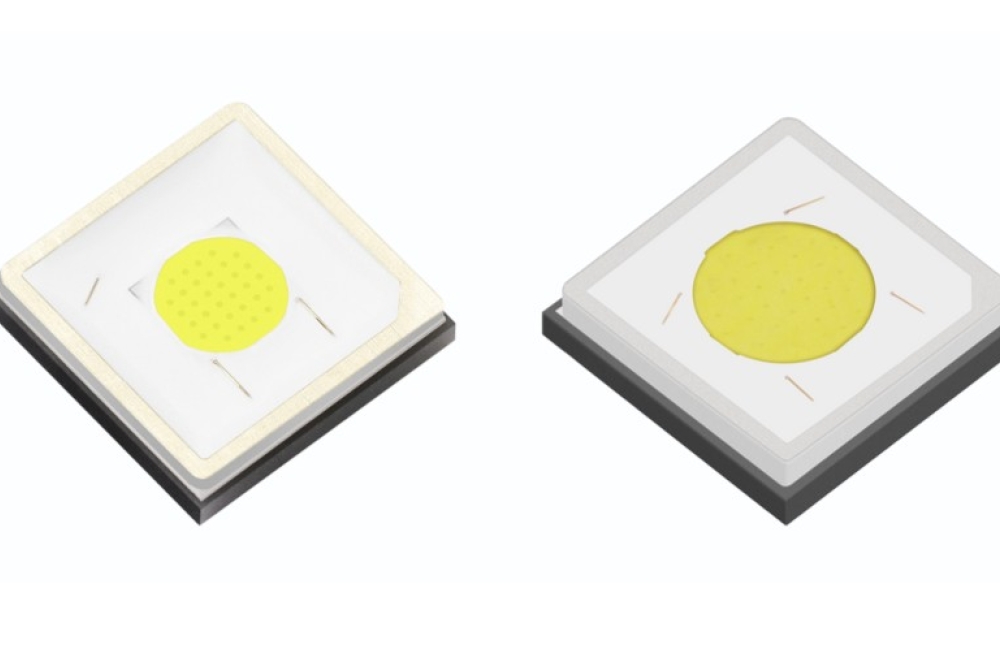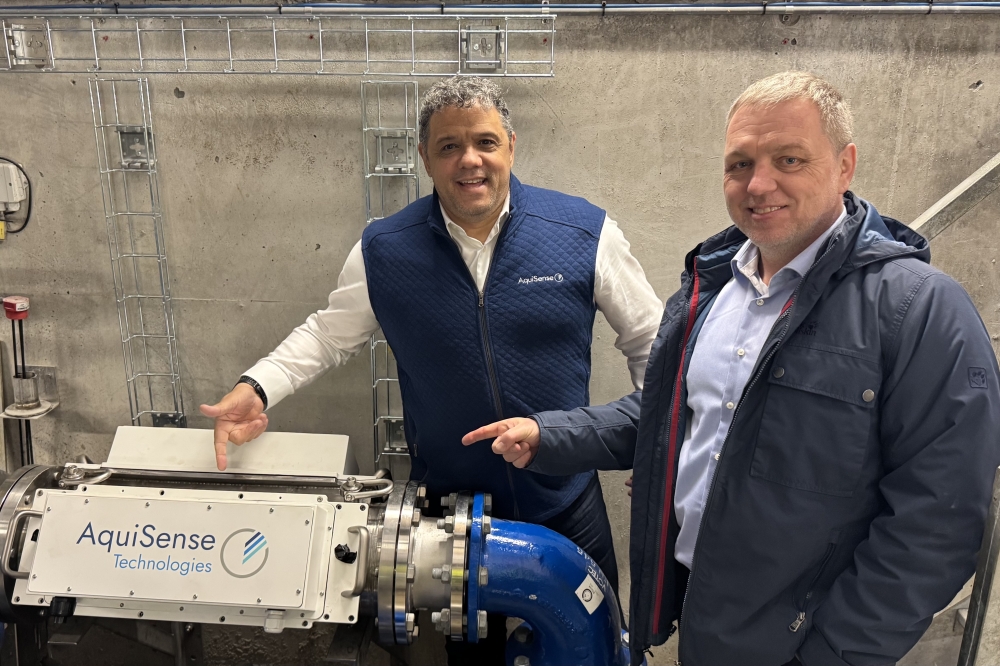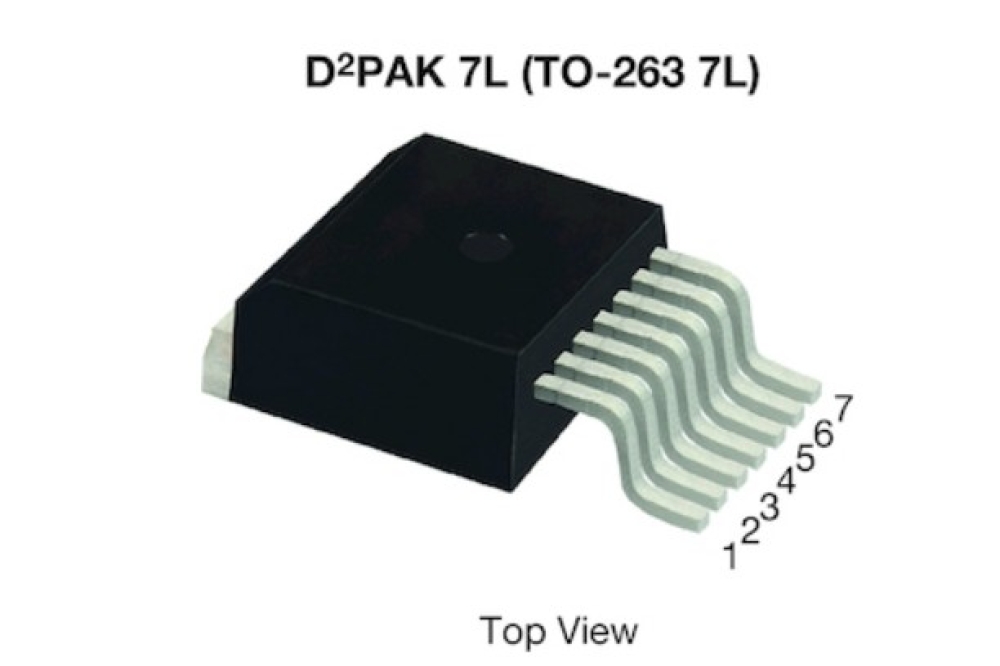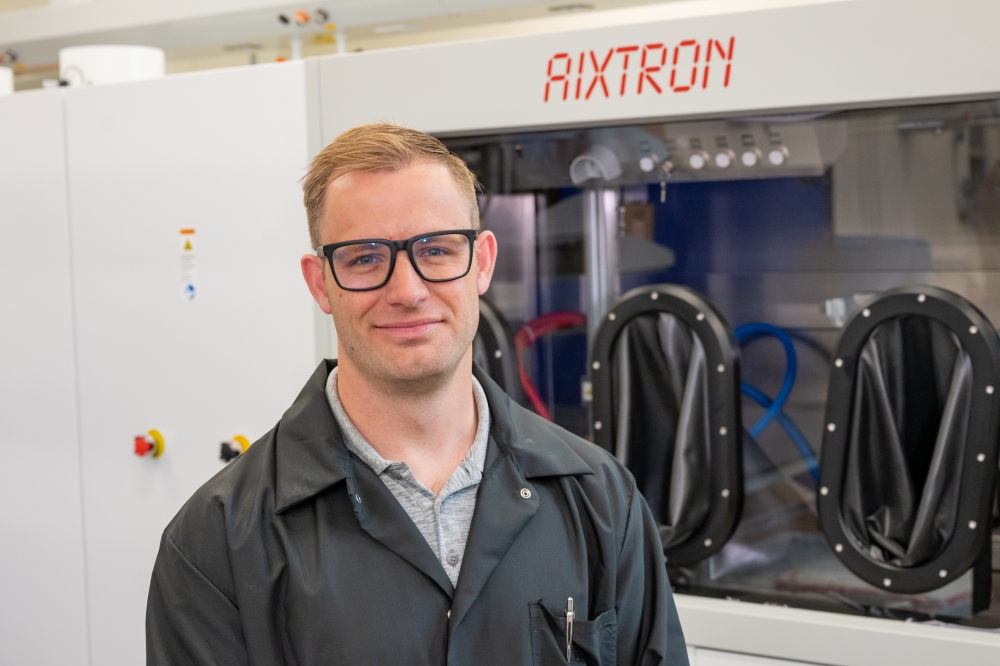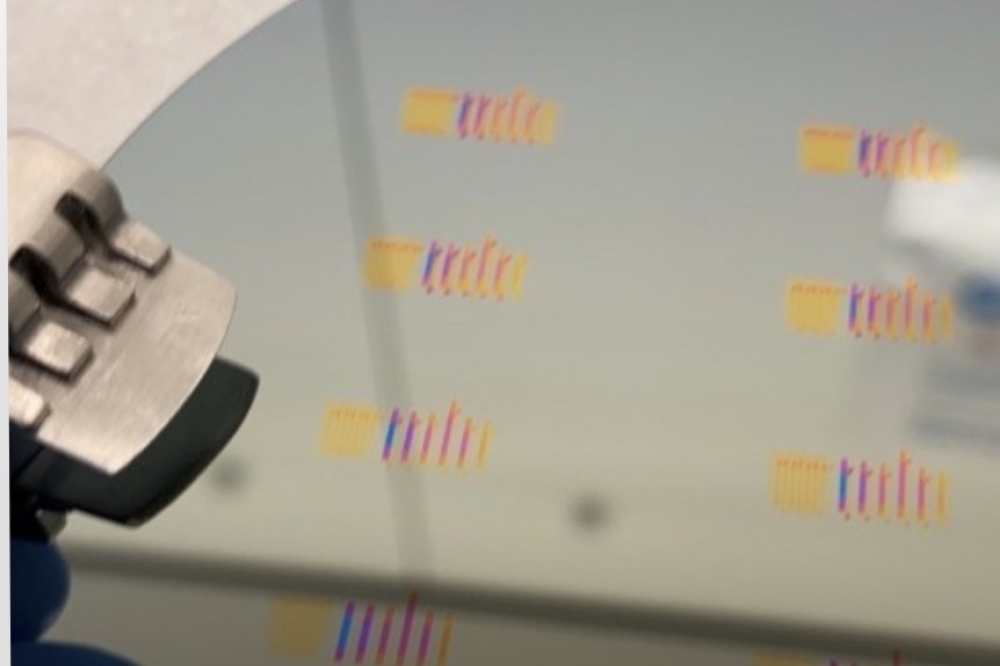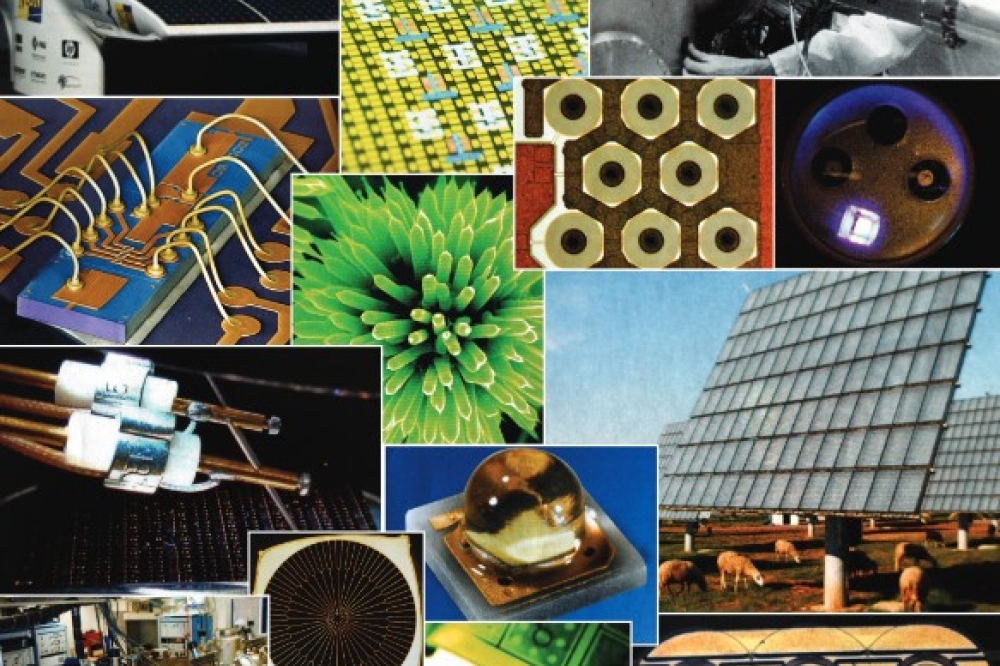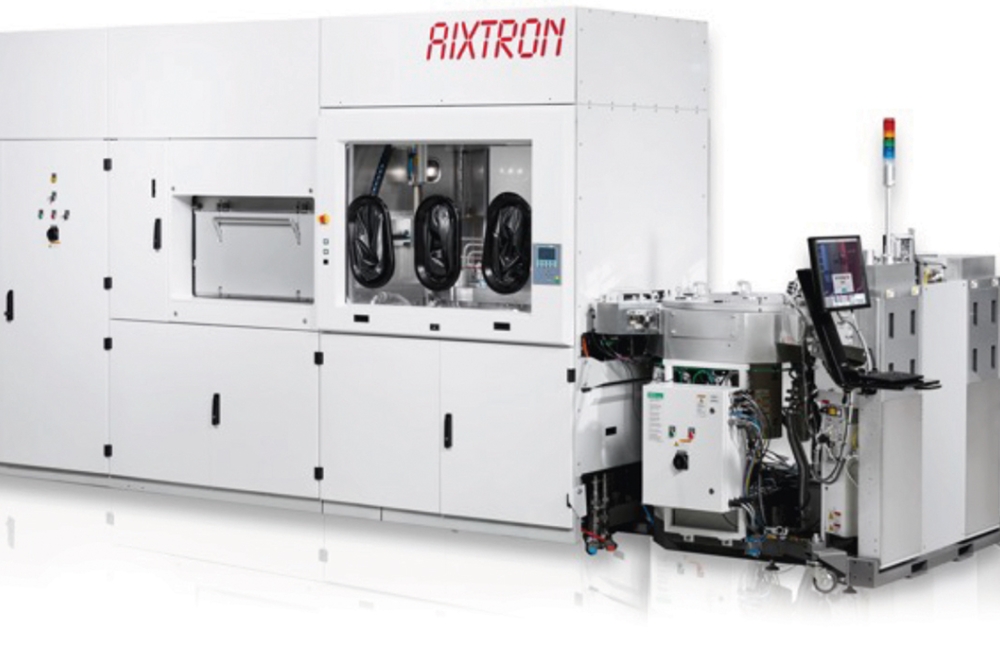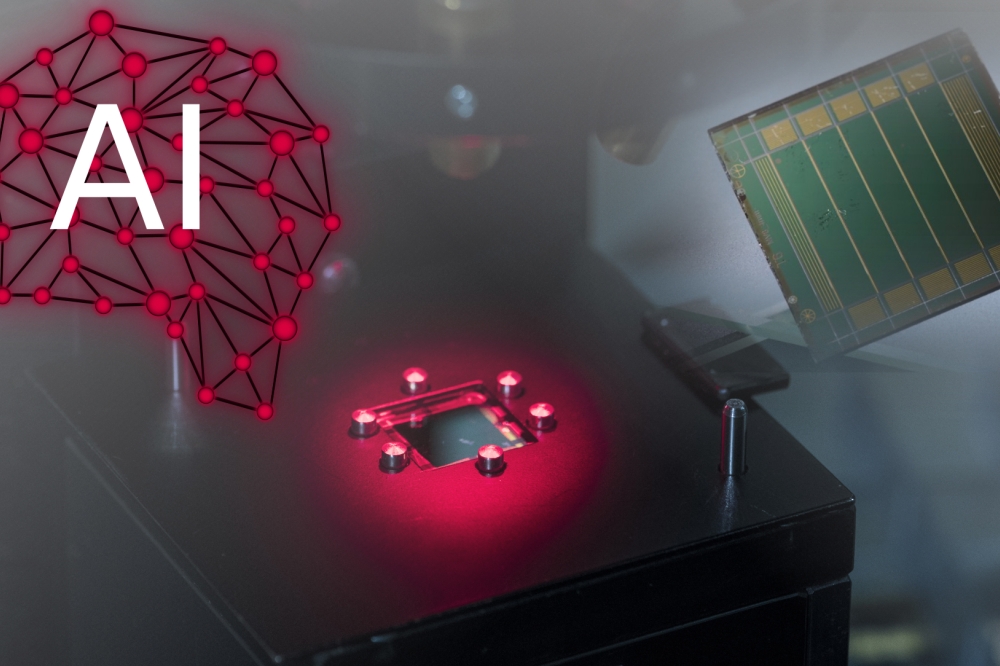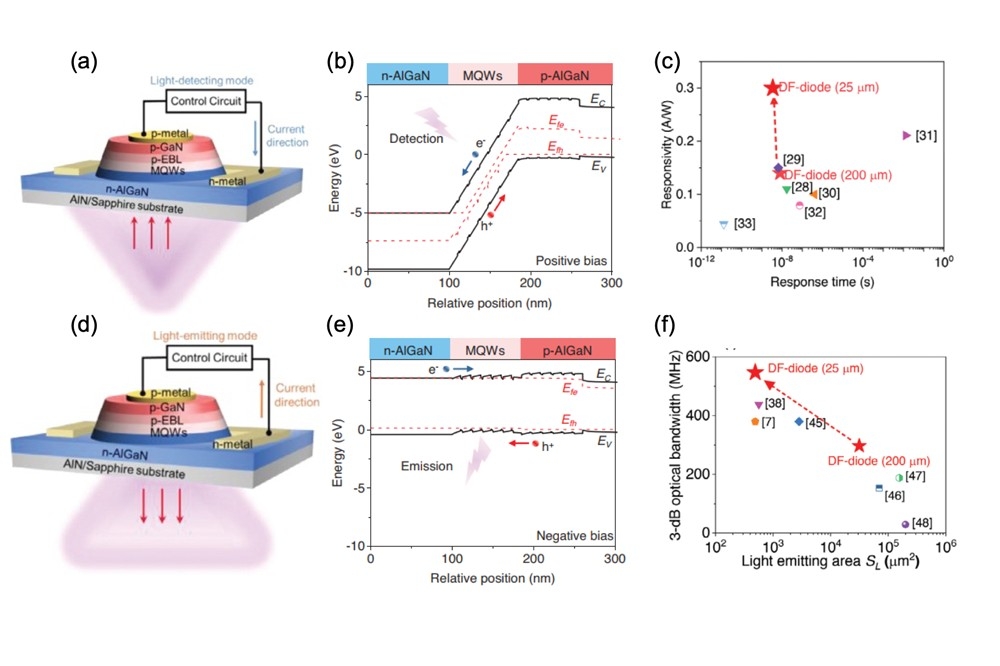Silicon industry veterans join Ayar Labs
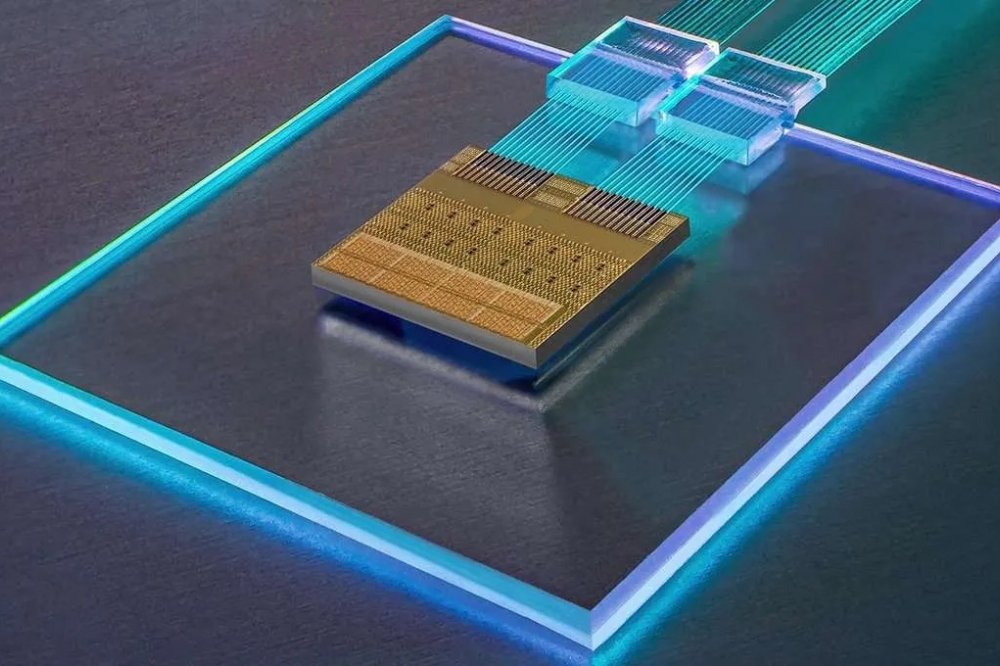
Microchip CEO Ganesh Moorthy and entrepreneur Craig Barratt join board, and Vladimir Stojanovic becomes CTO
Photonics company Ayar Labs has announced two additions to its board of directors: Ganesh Moorthy, president and CEO of Microchip Technology, and Craig Barratt, former CEO of Atheros and current chair of the board of Intuitive Surgical. The company also announced that co-founder Vladimir Stojanovic has been named CTO.
“Ganesh, Craig, and Vladimir are powerhouse additions to our team, and each will play a critical role as we move our technologies into production maturity,” says CEO Mark Wade. “Their collective knowledge and experience will help us accelerate our roadmap leadership and deliver the transformative value of optical I/O in AI systems, high performance computing, and next-generation data centre system architectures.”
Moorthy brings more than 40 years of executive leadership and semiconductor industry experience. In addition to his role as president and CEO of Microchip, Moorthy serves on the board of the Semiconductor Industry Association, the Global Semiconductor Alliance, Rogers Corporation, and Celanese. Previously, he held several senior leadership roles at Intel.
“The work Ayar Labs is doing to make optical I/O a reality is essential to the forward progress of the entire industry. By addressing the performance and power bottlenecks of traditional electrical-based interconnects, Ayar Labs will help unleash the full potential of everything from AI and 6G networks to disaggregated data centers and so much more. I look forward to helping Ayar Labs expand its reach across the ecosystem as the company moves into its next phase of growth,” said Moorthy.
Barratt has an accomplished career as a technology entrepreneur and board member. As CEO of Atheros, he completed a successful IPO and ultimately sold Atheros to Qualcomm for $3.1B. He also served as CEO of Barefoot Networks which was acquired by Intel. In addition to his entrepreneurial career, he has held executive positions at Google, Qualcomm, and Intel, and he currently serves as the chair of the board for Intuitive, IonQ, and Calysta.
“Optical I/O solves long-standing data movement challenges in computing systems. With the dramatic bandwidth and performance needs in AI systems, a new generation of foundational technologies and products are needed. Ayar Labs’ leadership in breakthrough optical I/O solutions enables system performance that is not possible with alternative approaches,” said Barratt. “I look forward to leveraging my background in bringing new semiconductor technologies to market to accelerate the company’s growth.”
Vladimir Stojanovic is widely recognized for his innovations in photonics and semiconductor technologies. In addition to co-founding Ayar Labs and serving as its chief architect, he is the co-founder of NanoSemi, which was acquired by MaxLinear. Most recently, Stojanovic served as professor of Electrical Engineering and Computer Sciences at the University of California, Berkeley, and he was also an associate professor at MIT from 2005-2013. He was recently named an IEEE Fellow for his contributions to electronic-photonic design and system-on-chip integration.
These additions to Ayar Labs’ leadership team build on the company’s momentum in 2023, including technology breakthroughs and progress with customers and partners. Ayar Labs showcased the industry’s first 4 terabit-per-second (Tbps) optical solution, moving data from one TeraPHY optical I/O chiplet to another at 2 Tbps in each direction powered by Ayar Labs’ SuperNova light source. The company is able to achieve this data transfer at the latency and power efficiency needed for data-intensive workloads such as generative AI, machine learning, and more while also supporting novel disaggregated compute and memory architectures.
The company also recently demonstrated its in-package optical I/O solution integrated with Intel’s industry-leading Agilex FPGA technology. This new optically-enabled FPGA promises 5x the current industry bandwidth at 5x lower power and 20x lower latency, all packaged in a common PCIe card form factor.


